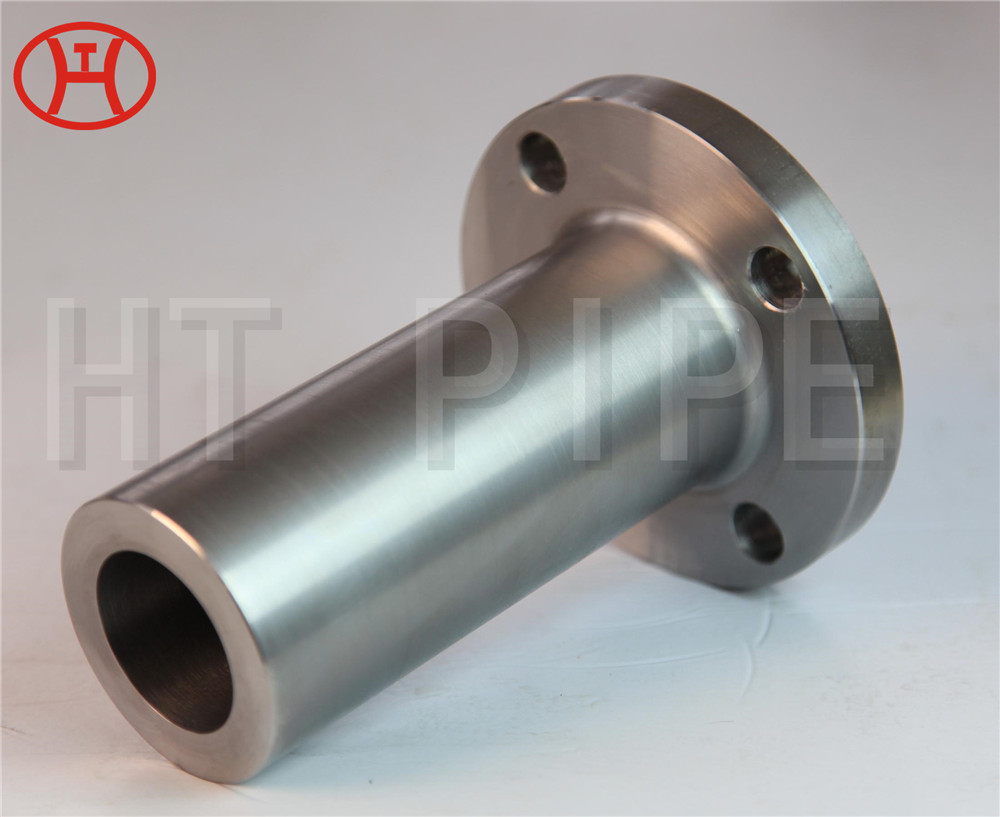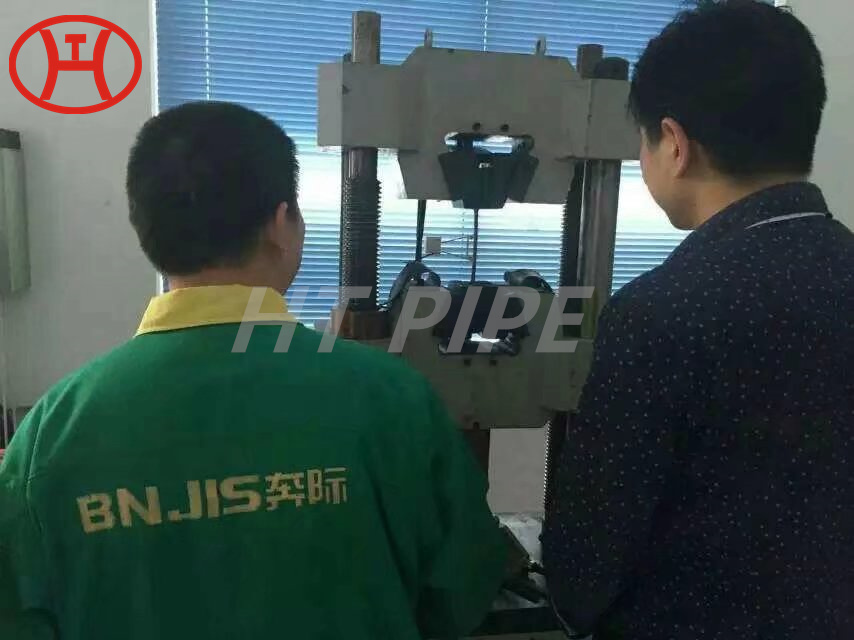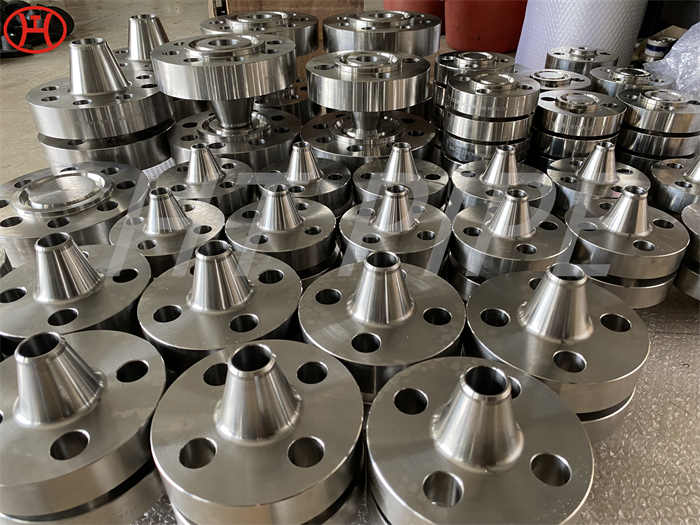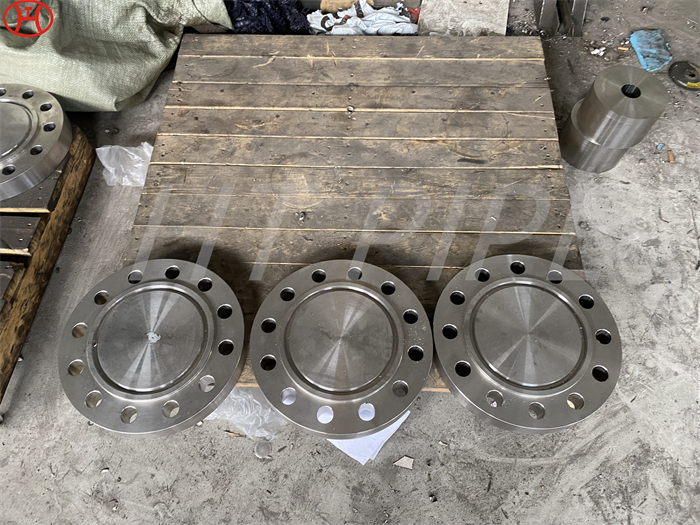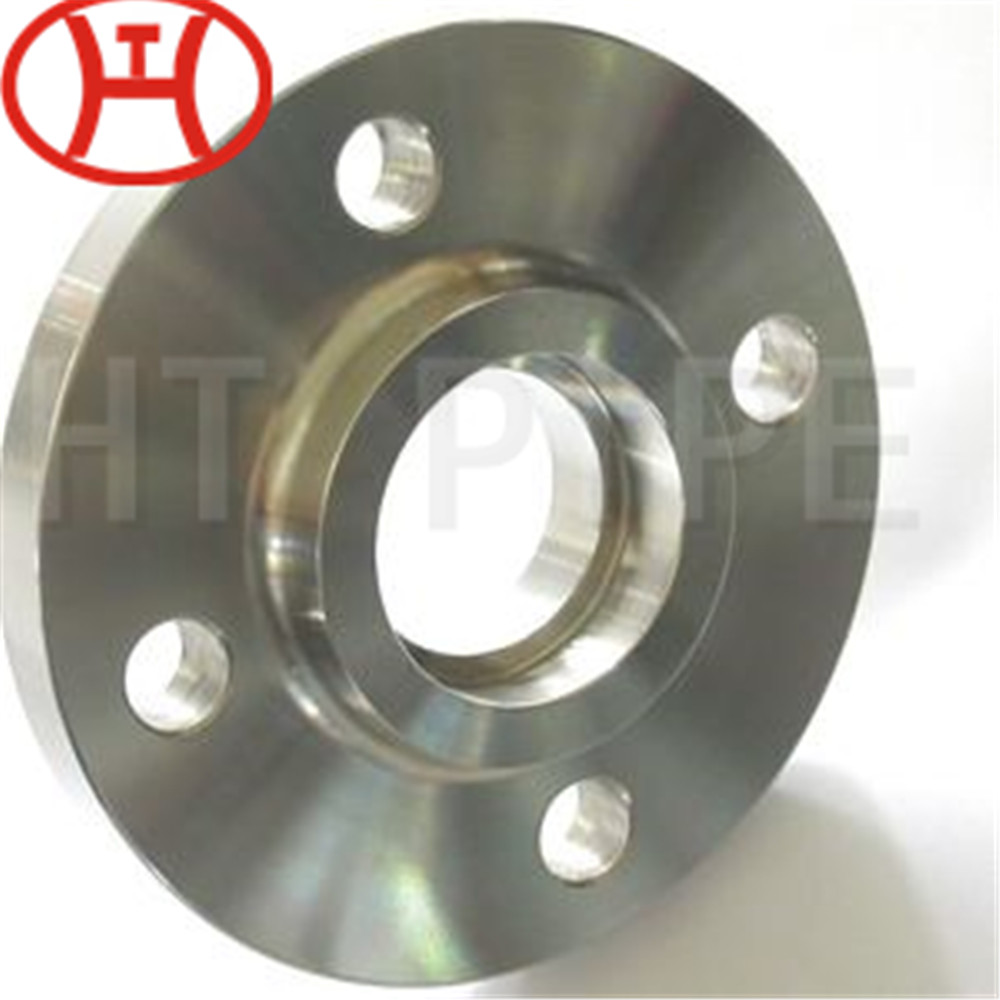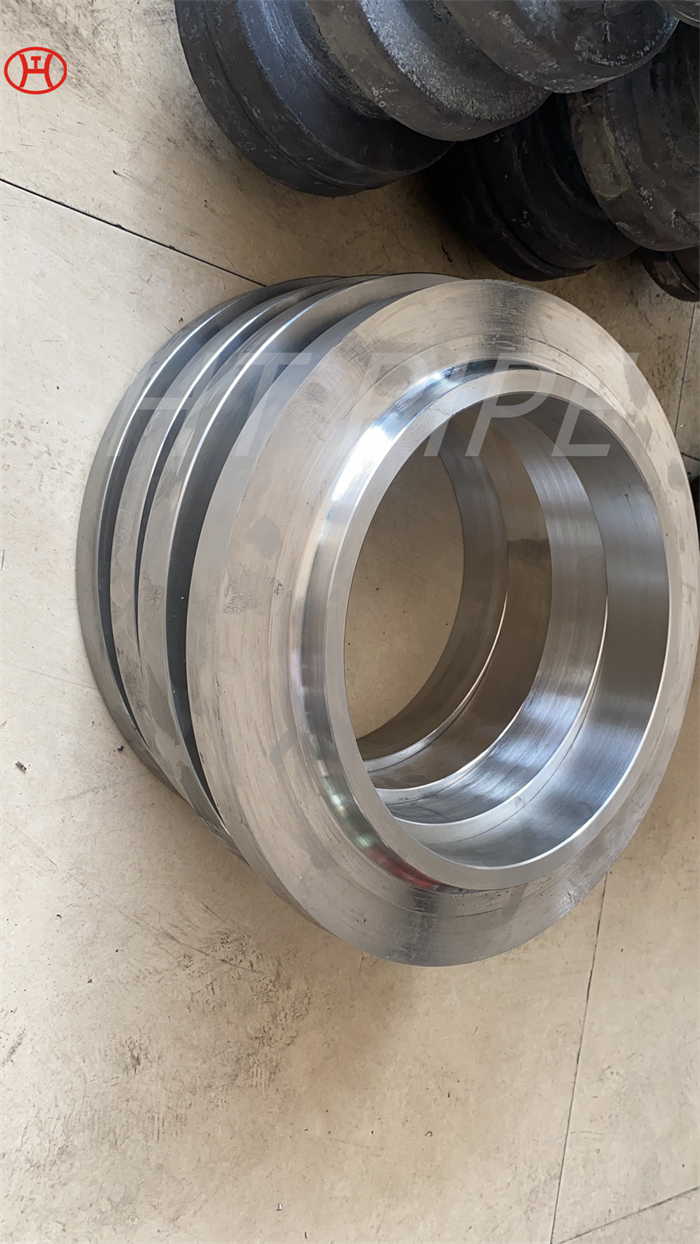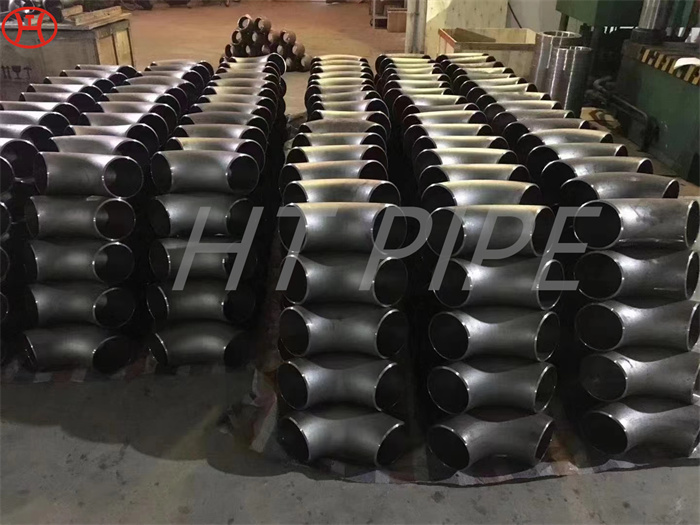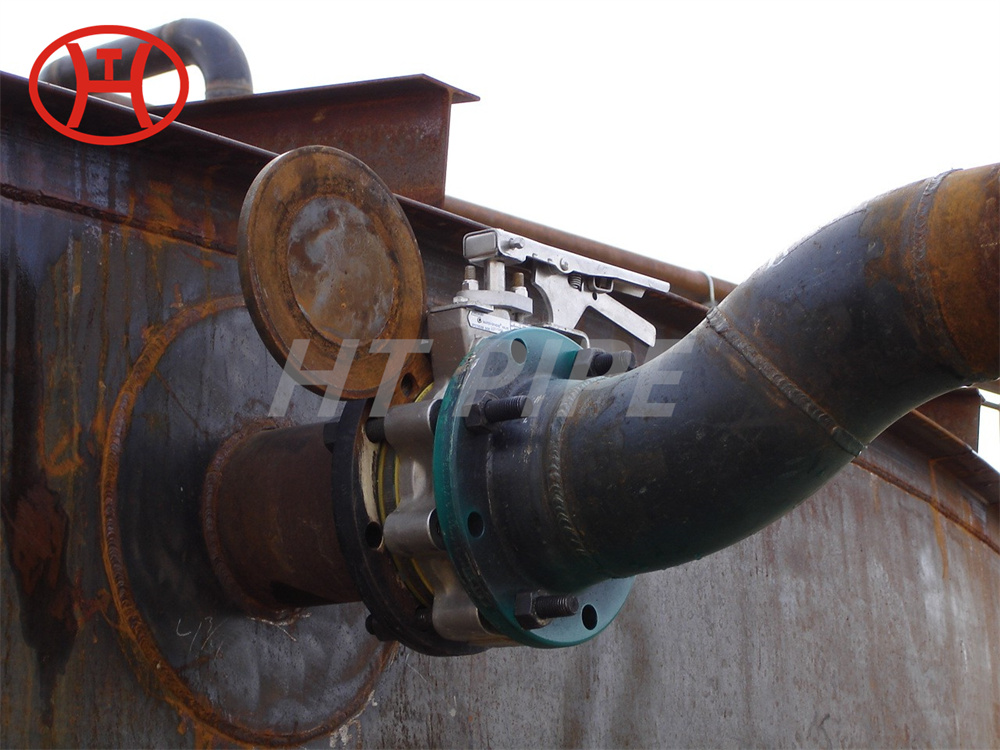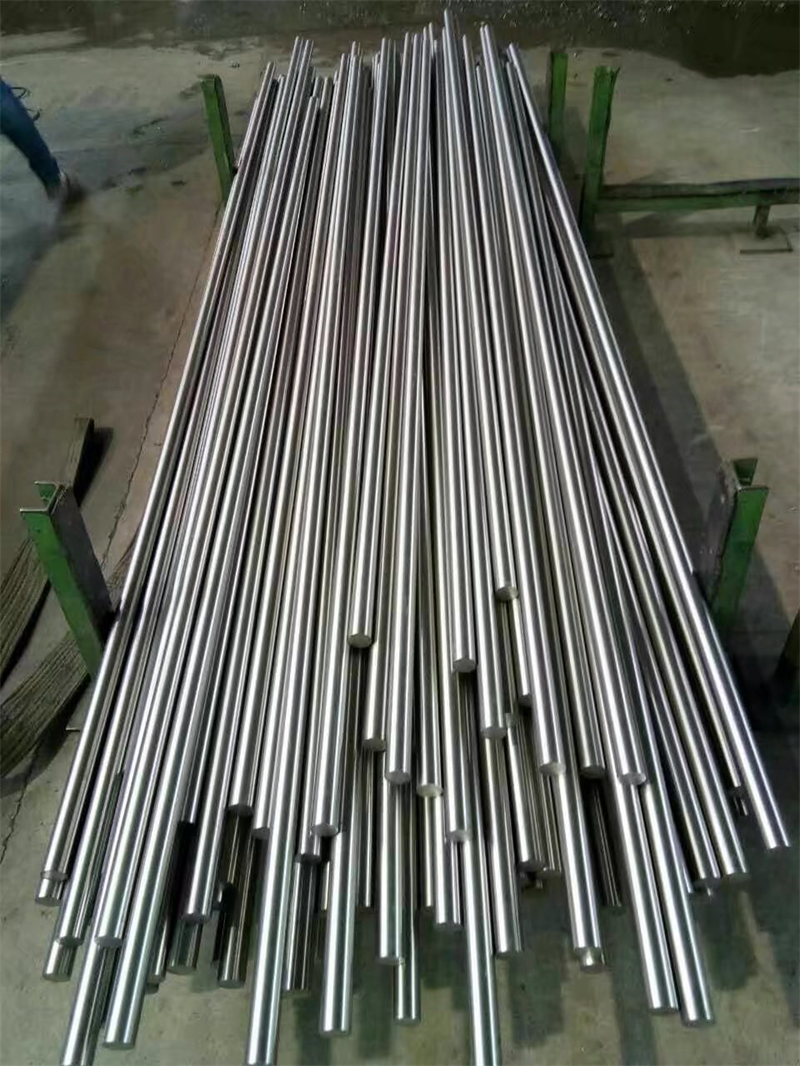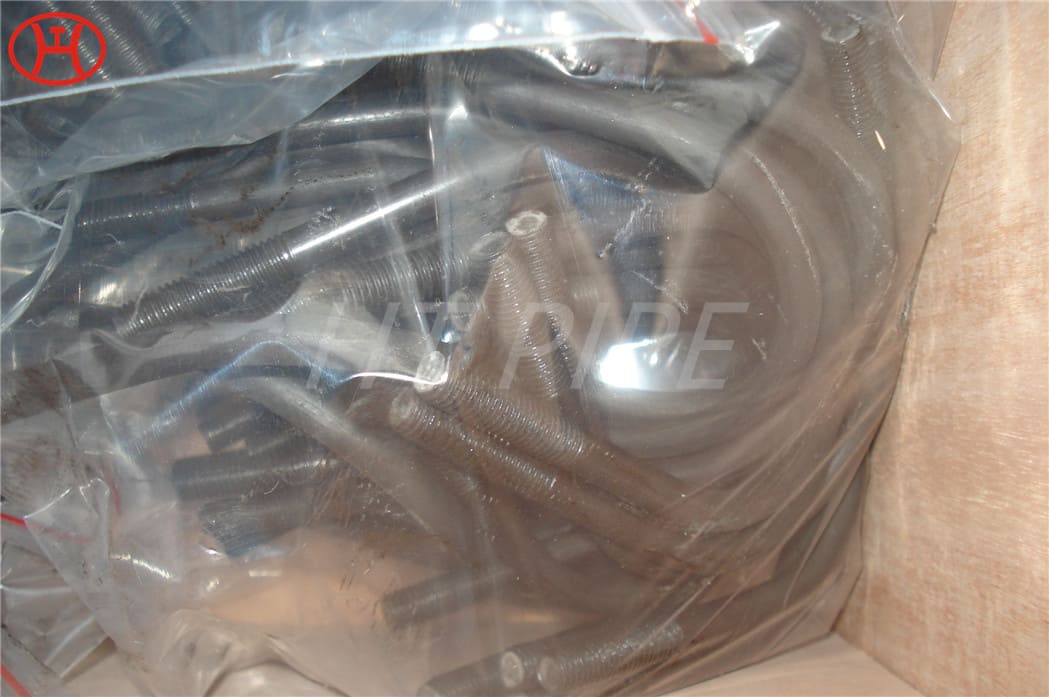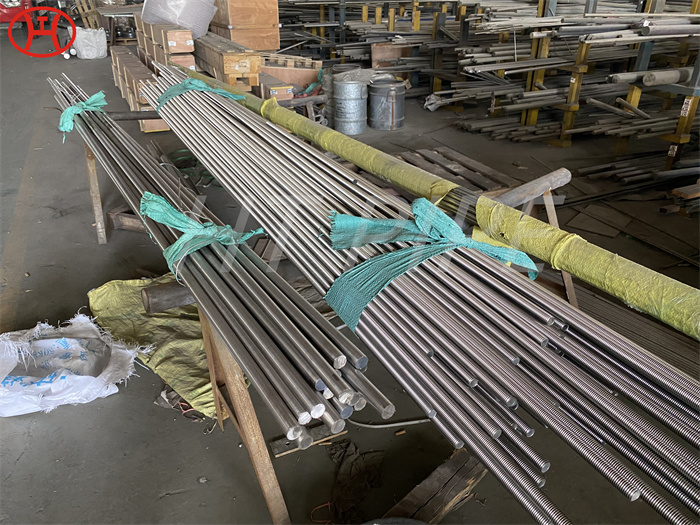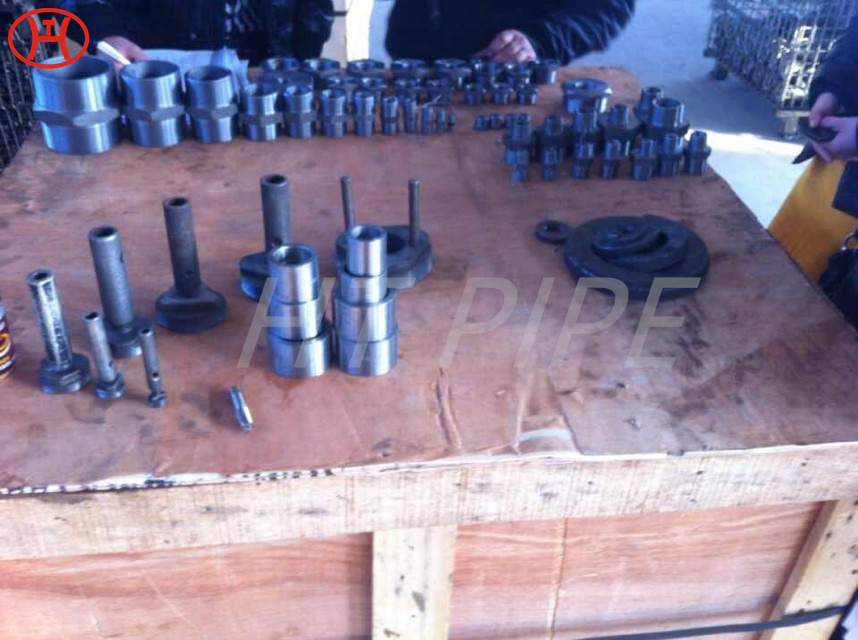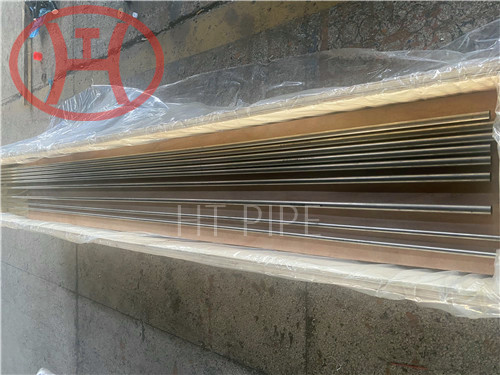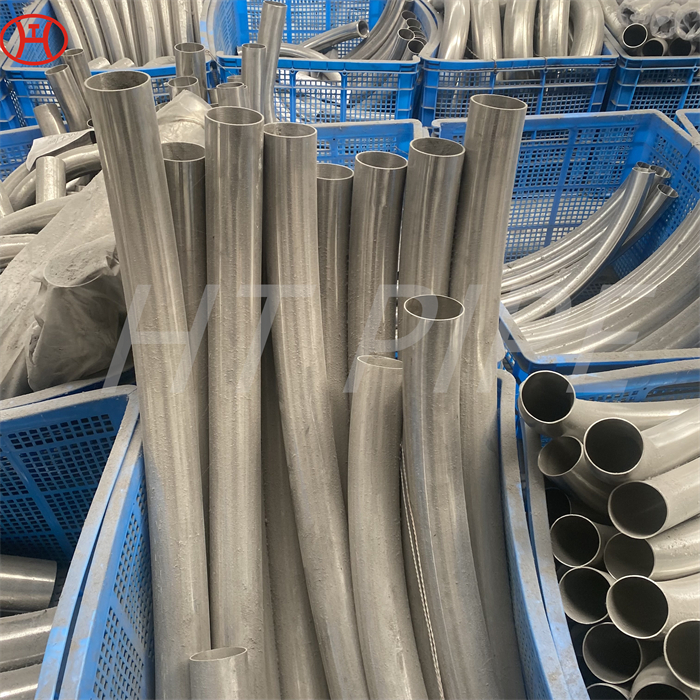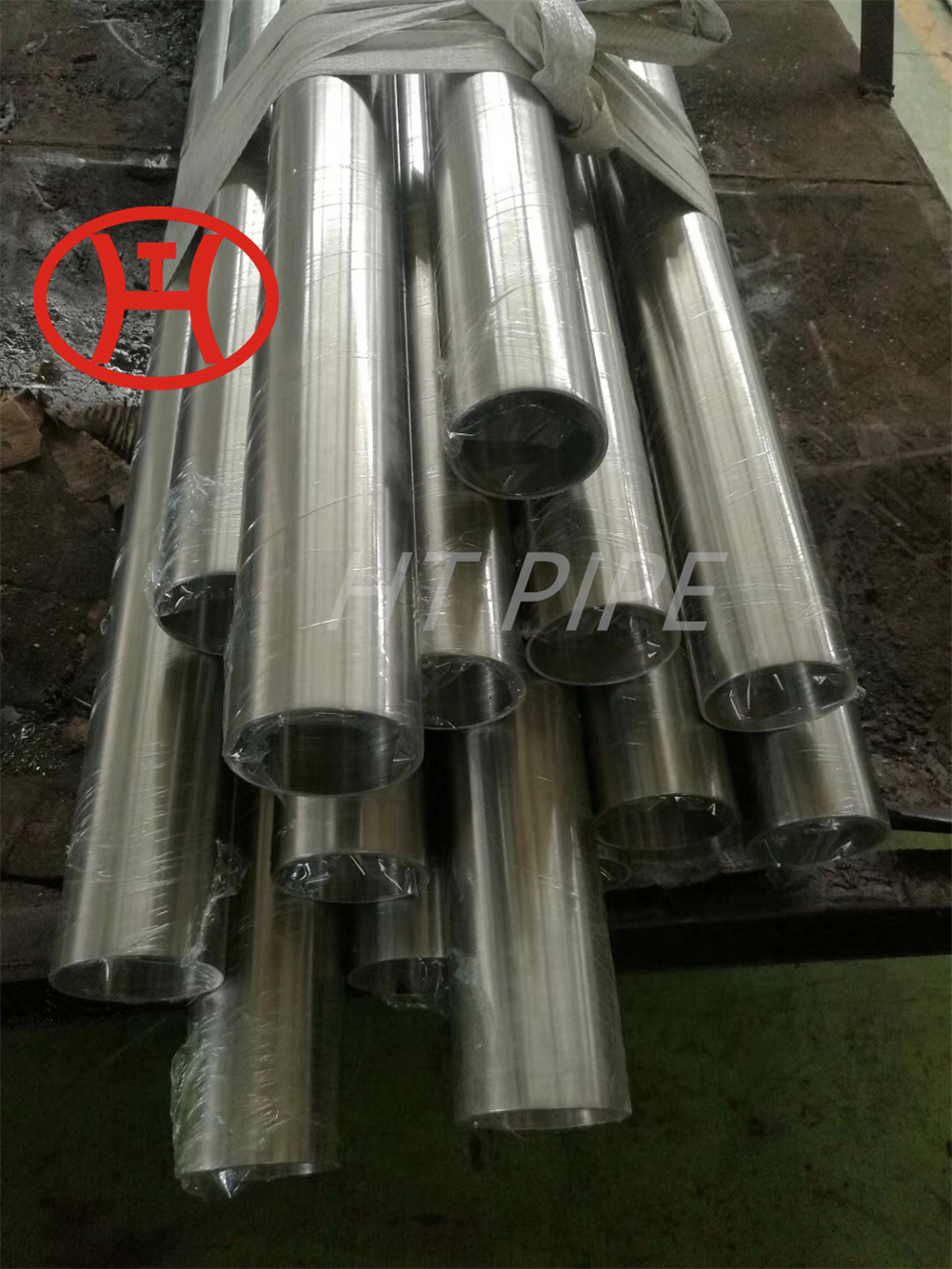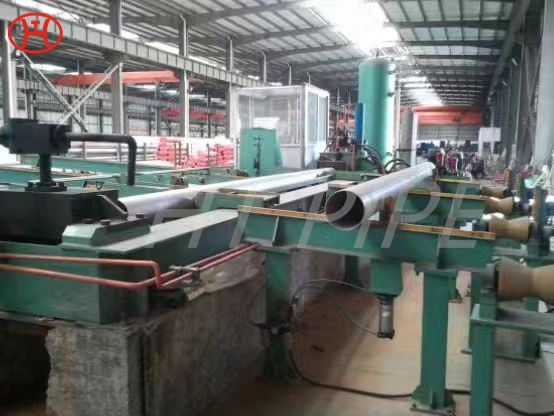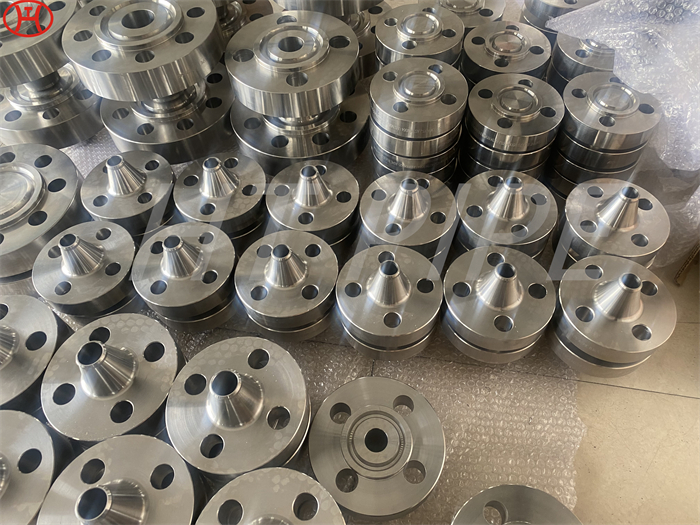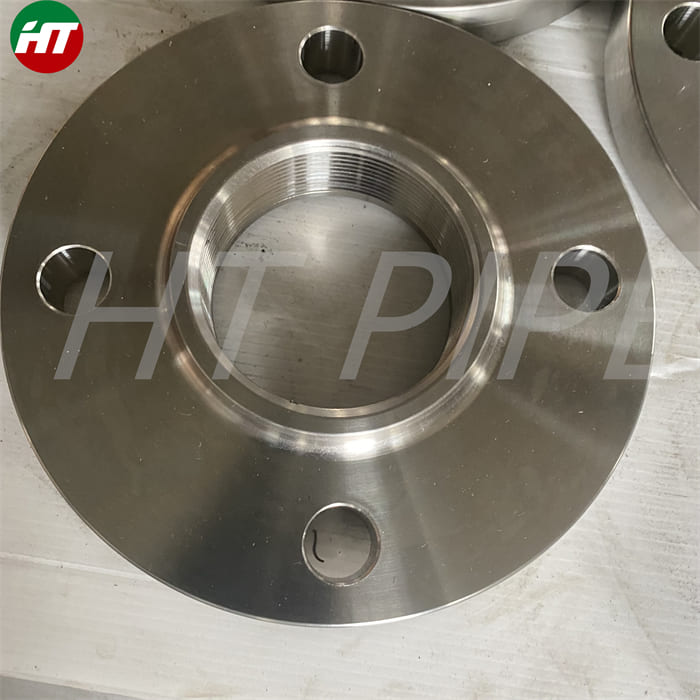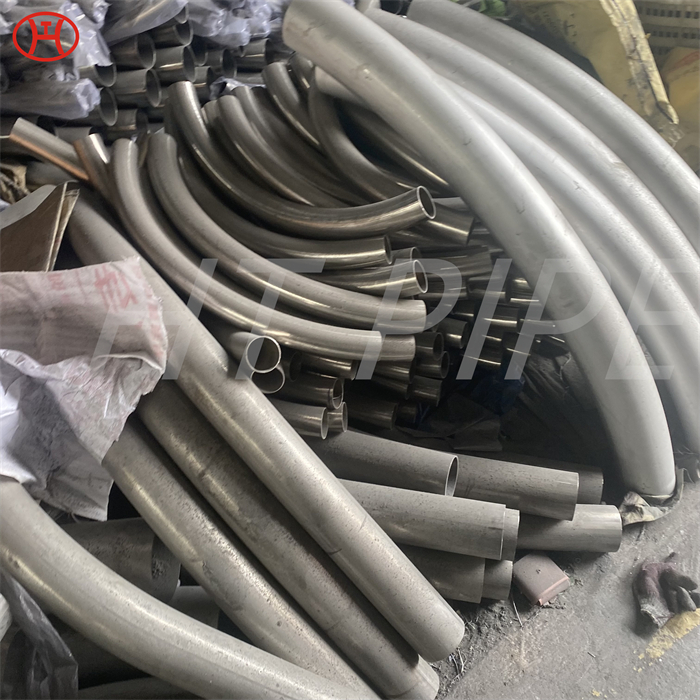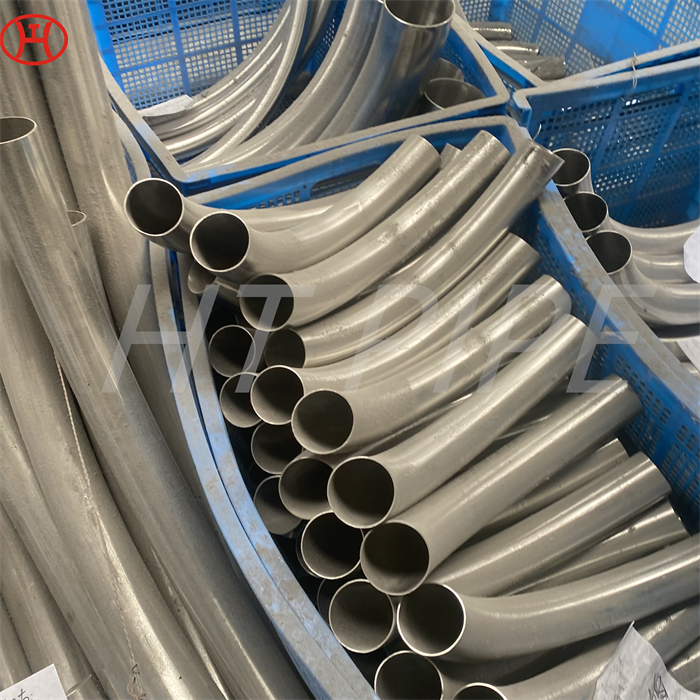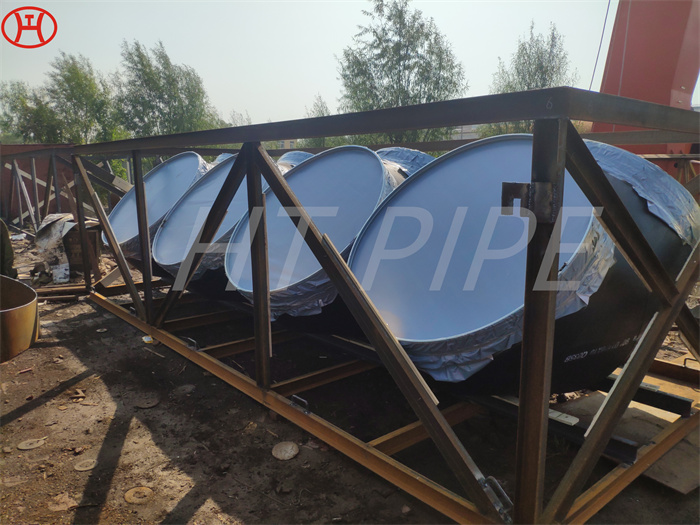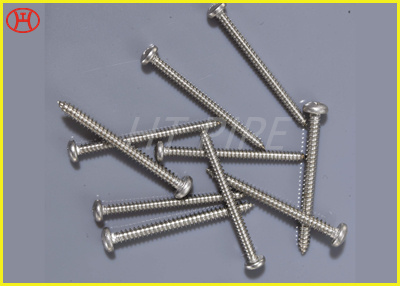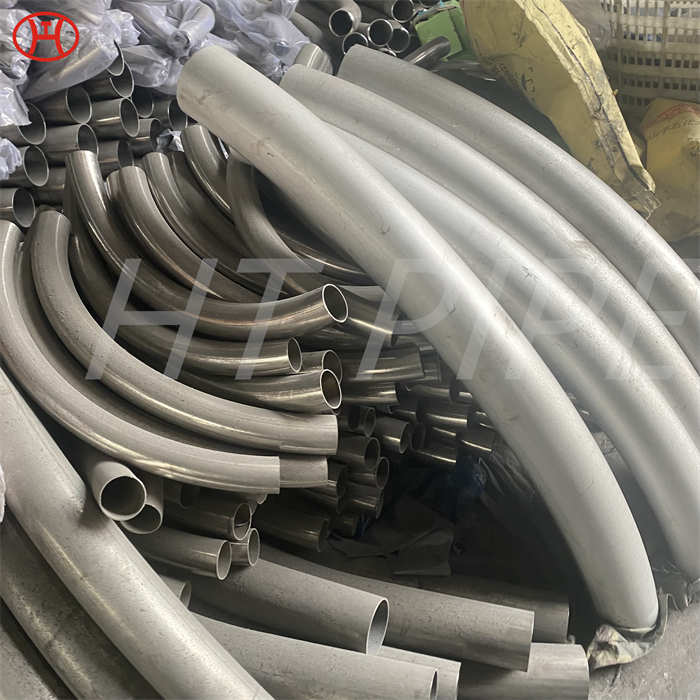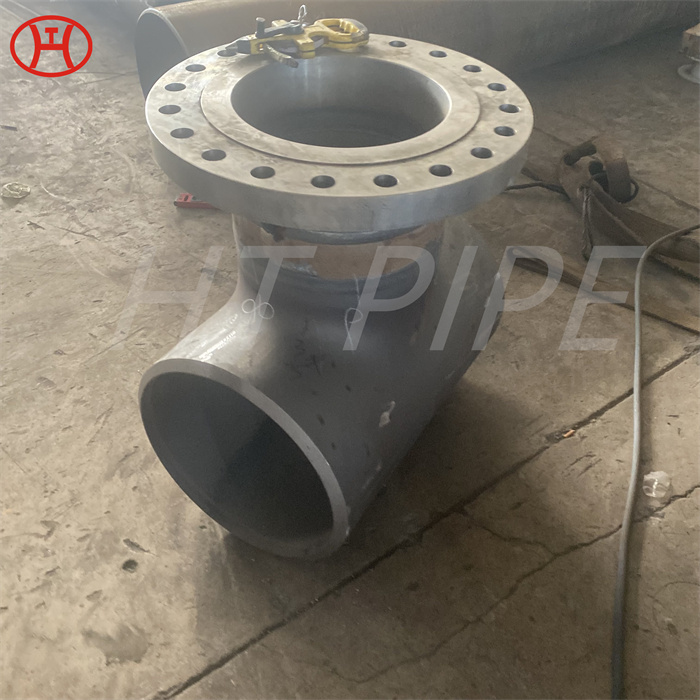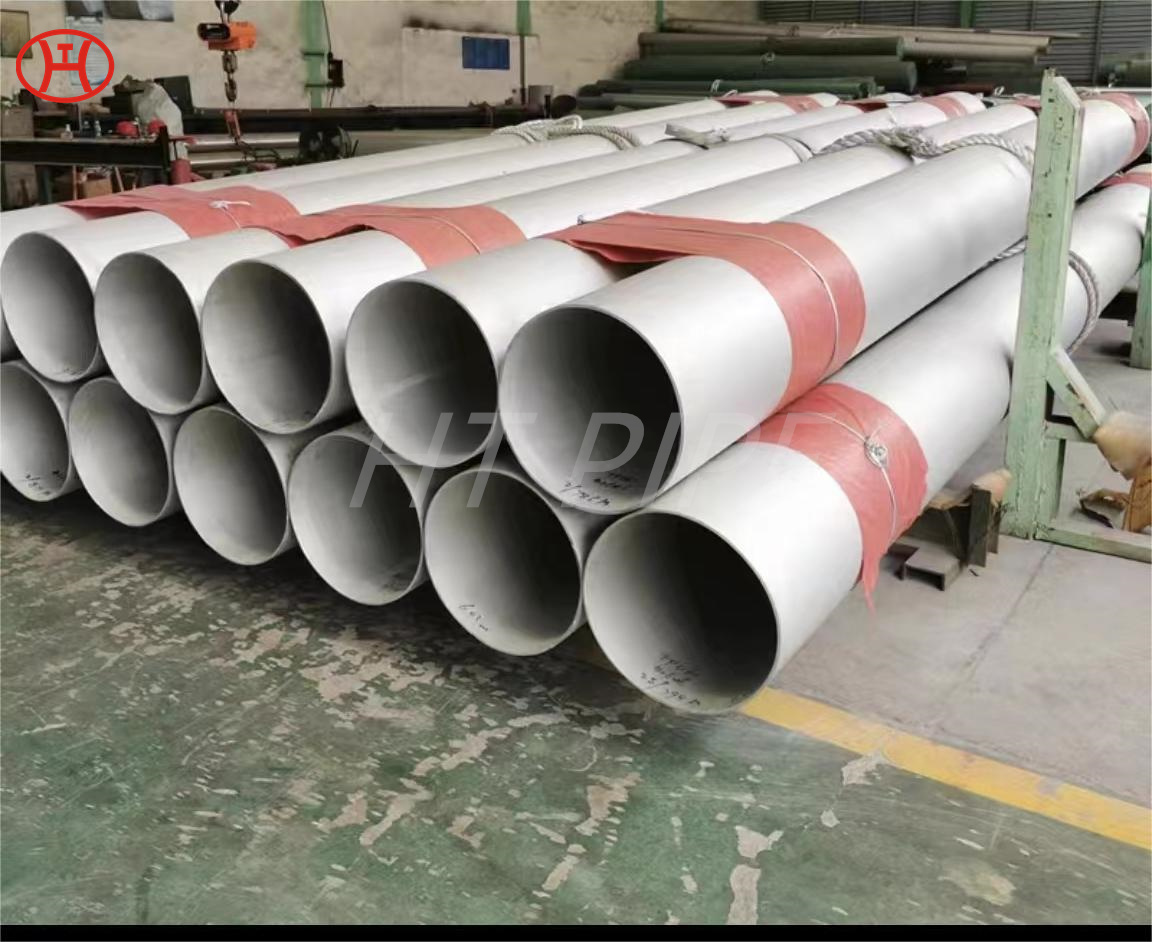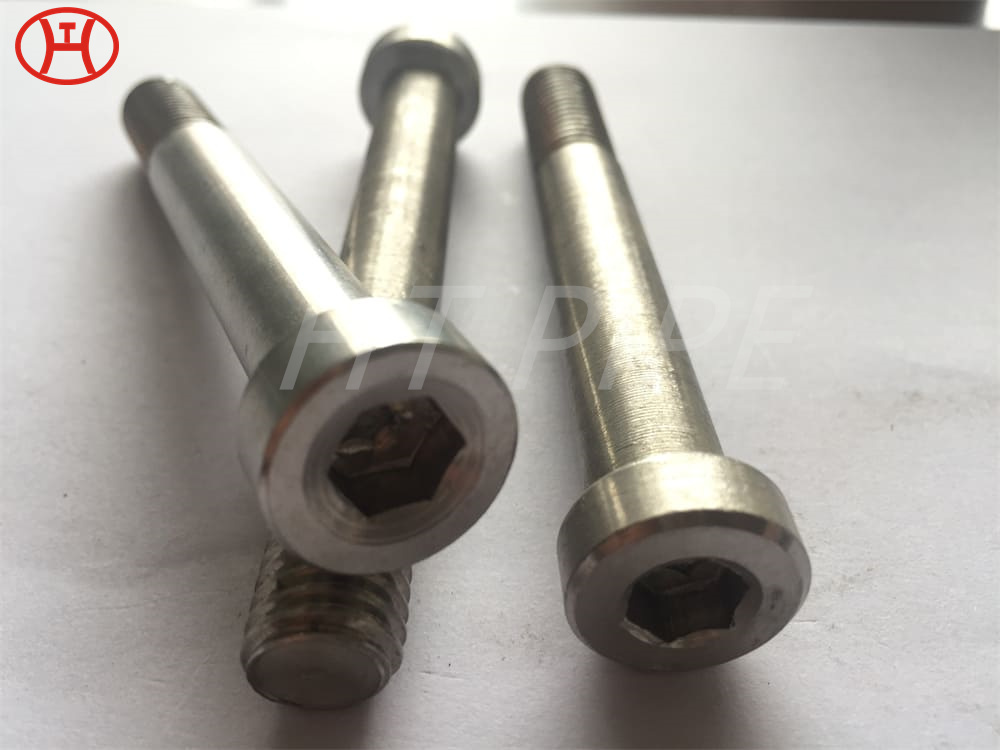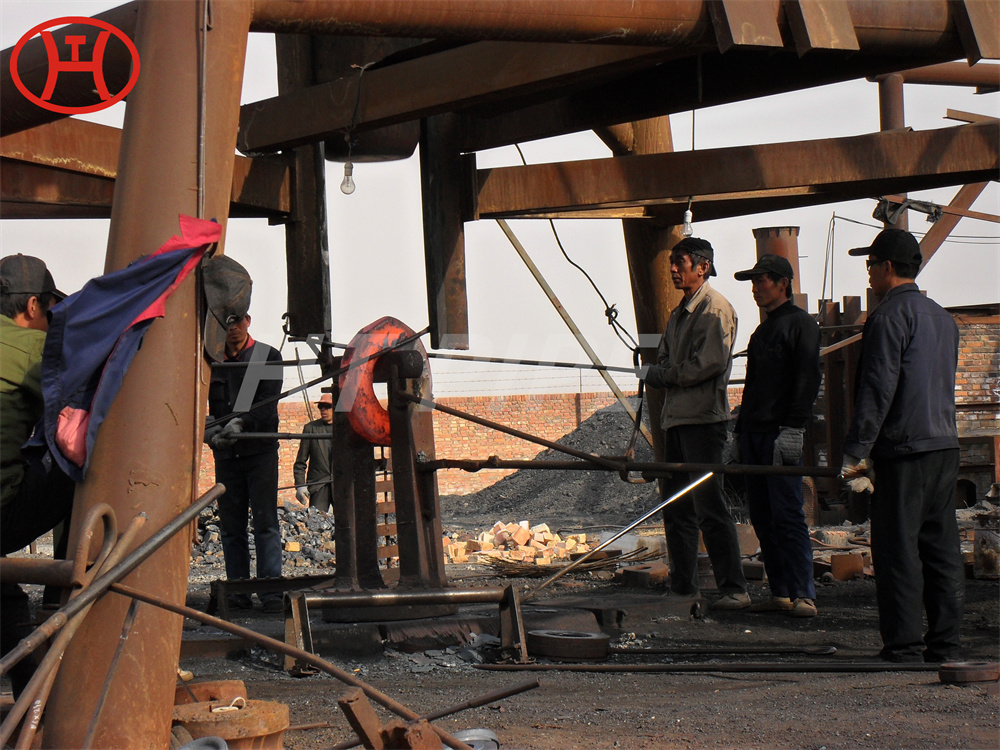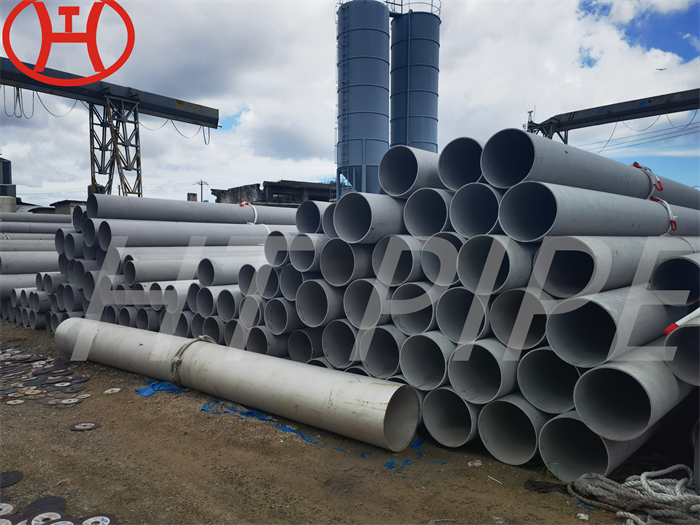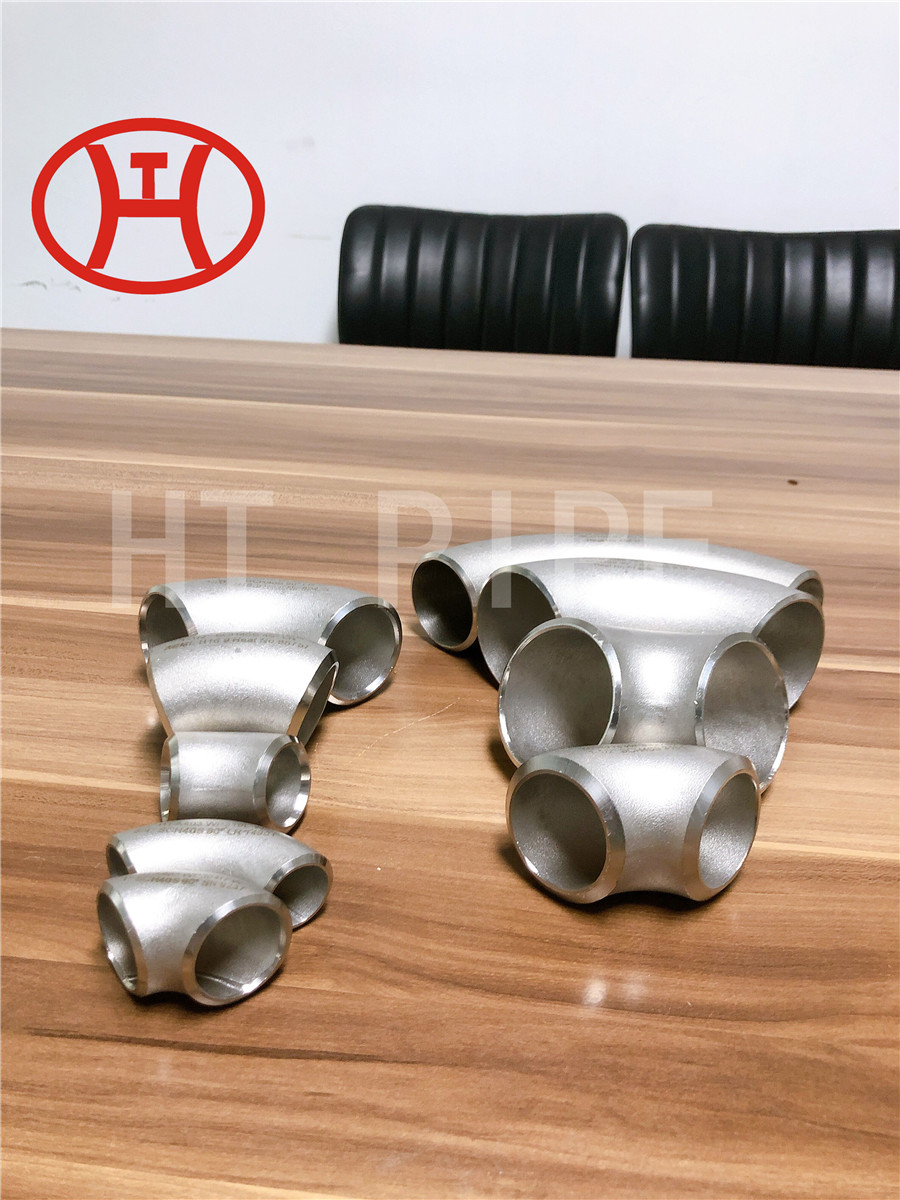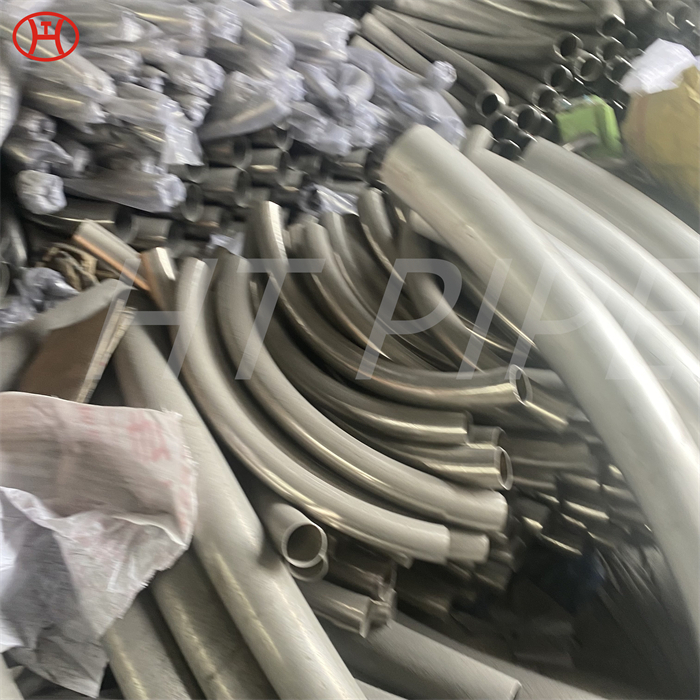
Nickel Alloy C22 Buttweld Fittings SB 366 UNS N06022 pipe bend
The exceptional corrosion resistance of C22 has promoted its use in many different markets wherever harsh environments are encountered, including the chemical process, pharmaceutical, food processing, oil and gas, power generation, and the paper industries.
Like other nickel alloys, the Hastelloy C22 pipe bend is also very ductile, shows excellent weldability and is easily manufactured. The plate is available in the form of sheet, strip, billet, rod, wire, pipe, tube and welding electrode and welding wire. Hastelloy C22 is widely used in chemical processing industry. Hastelloy C-22 pipe bend can be used in conjunction with Hastelloy C-276 to prevent joint corrosion. Its composition is nickel-chromium-molybdenum-tungsten, giving it some of the resistance that is characteristic of C-276. The metal is excellent against overall and localized corrosion, along with chemical, oxidation, and reducing environments. Hastelloy C22, also known as alloy C22, is a multipurpose austenitic nickel-chromium-molybdenum-tungsten alloy with excellent resistance to pitting, crevice corrosion, and stress corrosion cracking.















































































































